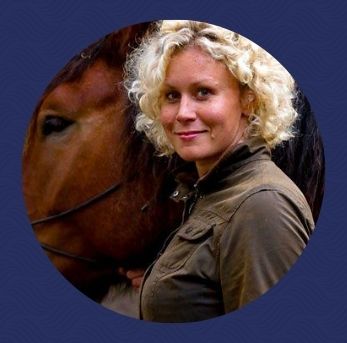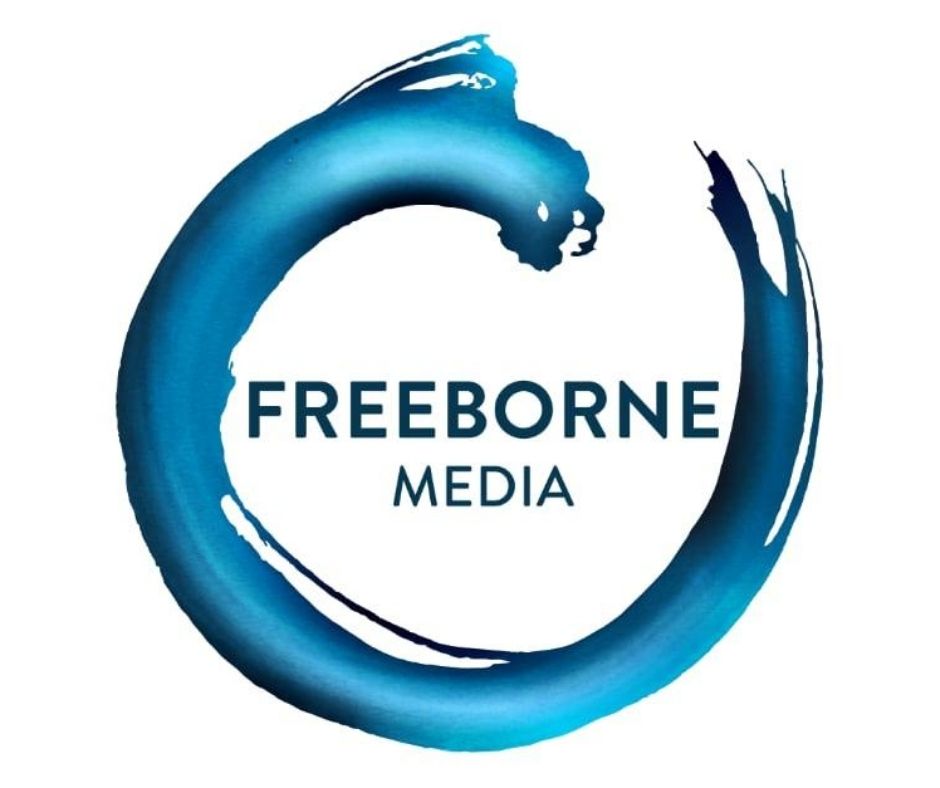BA Anthropology. Class of 2003. Surfer. Presenter and Documentary Filmmaker
Choosing a university can be hard. What made Swansea University stand out?
Swansea University is situated so close to the coast, and its location was certainly a big deciding factor for where I went to University – being near the sea and beaches I can surf at has influenced many of life decision to date.
What are some of your fondest memories of your time at Swansea?
Early morning walks and surfs before lectures, the colourful and passionate characters in the Anthropology Department and making my first anthropological film.
Is there any advice you’d like to give to our current students and recent graduates?
Always try and choose a path in life where you are following a passion. If you believe in what you are doing, and love it, you will do it to the best of your ability.
What do you miss most about the city and your time at the University?
The free time in between studying to surf and walk the coast. It turns out that working full time and having a young family means there isn’t as much time to catch waves!
"...ultimately we all have a connection with the natural world - something worth us all respecting and understanding, especially as our environment shifts."
From champion surfer to documentary film maker. How important would you say the role of the documentary filmmaker is in highlighting the impact of humans on the planet?
Over the years I have seen many ways people interact with their environment. Human Planet was a series based on highlighting our connection with nature all over the world - be it fishermen on the Mekong River reliant on the catfish migrations, or the training of fig tree roots to make living root bridges to combat monsoon floods in Meghalaya. There are some astonishing relationships that we have with nature - but not all are in far flung places- it’s important to remember here in Wales, many people live with and are reliant on the seasons, like the hill farmers in Snowdonia, or the crab fishermen off the Cardigan coast - ultimately we all have a connection with the natural world - something worth us all respecting and understanding, especially as our environment shifts.
You’ve set up your own production company with James Honeyborne who created the BBC’s Blue Planet series. Can you tell us about some of the projects you are working on together?
James and I set up Freeborne Media as a joint venture to bring together the best of our skills and experience. It is a really exciting and fresh collaboration where we plan to continue to make films that share important messages across the planet. The ‘Blue Planet 2 effect’ has been so powerful and far reaching, its impact still goes on today with our awareness of plastics and the health of our oceans. Freeborne is now in creative partnership with Netflix, and together, we intend to continue to tell powerful stories in captivating ways.
You‘ve worked on programmes like Human Planet, so you must have seen some amazing things. What sticks in your mind most and why?
I have been lucky enough to travel to some of the most remote places on earth and spend time filming and telling stories. Human Planet was a real treat to make - travelling to places like Fez in Morocco to tell the story of the leather tanneries there and how the guys who work there so painstakingly prepare their hides - it was one of the most unpleasant shoots Ive ever done because of the smell of the pigeon poo they use to soften the hides, but also it was one of the most visually stunning with the bright bold colours of the tanning vats.
Equally filming elephants by moonlight in Kenya was a wonderful experience. The camera man and I would sit silently for hours all night under the stars, waiting for the elephants to come to drink. Despite their size, elephants move fairly silently across the land, so you always feel really lucky to suddenly see them arrive.
On my latest series, Hostile Planet which goes out on National Geographic, we filmed Hamadryas baboons in Awash National Park, Ethiopia. We filmed them from the ground, and also from the air, to give an amazing new perspective. The drone we used could fly high enough without them knowing it was there, but it could move fast enough to keep up with troops as they battle with neighbouring groups, which is really something to witness.
Have you also witnessed some things that have been quite tough?
Filming on a rubbish dump in Mombassa was tough – the living conditions were brutal. Young families rifling through waste bags which would arrive every day to the dump. Dogs, sacred ibis, egrets, humans, cows…all competing for the same resources. Yet there was an amazing order among the residents of the rubbish dump, and a strong social solidarity in the community there.


